Montana’s hidden crisis: Nitrates in Rock Creek
Once pristine, Rock Creek now battles rising nitrate levels from septic systems, posing risks to aquatic life and threatening its iconic wildlife
By David Arthun and George Zaimes as published in The Academic
Exurban expansion in the American West has accelerated in the last few years. Montana has become a destination for much of that expansion, perhaps due to popular media, COVID-19, and other reasons. But it is coming with a heavy price. Entire ecosystems are in the crosshairs of developers. Montana’s small mountain streams, such as Rock Creek, are especially vulnerable (Figure 1).
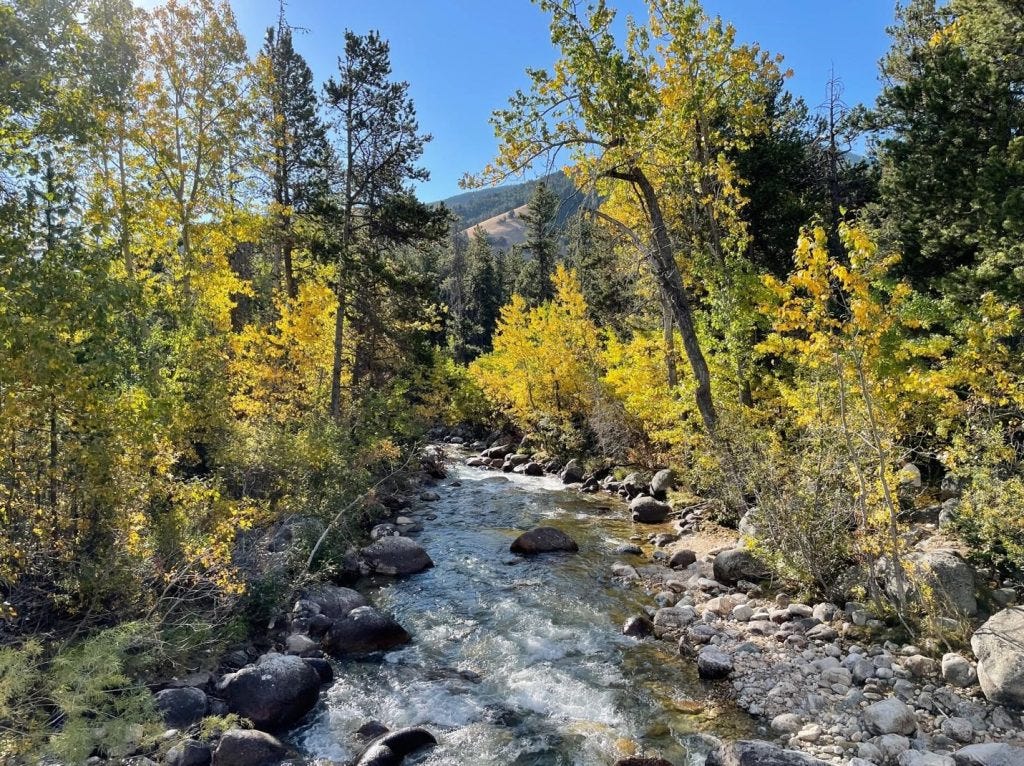
Research focus
Our objectives were to determine the levels of pollution in Rock Creek and the sources of that pollution. Rock Creek is an 88 km (55 mile) tributary of the Clark’s Fork of the Yellowstone River, whose headwaters are high in the Absaroka-Beartooth Wilderness in southcentral Montana, USA. Two of our study sites are within the Greater Yellowstone Ecosystem, and all are within the historic home range for the grizzly bear (Ursus arctos) and wolverine (Gulo gulo).
Nitrates
Nitrates are one of the primary sources of stream pollution worldwide. We studied nitrate levels near the headwaters of Rock Creek in the Beartooth Mountains near its confluence with the Clark’s Fork of the Yellowstone River (Figure 2). We also measured total nitrogen, total phosphorus, and total suspended solids, but we will focus on nitrates.
So why measure nitrate levels? Why are nitrates so bad? Don’t plants need nitrates to grow? Don’t farmers add nitrogen fertilizer to help their crops grow? Nitrates are essential for plant growth, but you can get too much of a good thing. When streams are overloaded with nutrients like nitrates, species like algae begin to grow…and grow! Algae growth can block sunlight and compete for nutrients, and microbial decomposition depletes oxygen in the water when they die. This depleted oxygen in the stream can kill aquatic species. This is called eutrophication. The Gulf of Mexico dead zone is a result of eutrophication.
Denitrification
Under pristine conditions, excess nitrates are denitrified by bacteria. These particular bacteria prefer conditions with little to no oxygen (anaerobic). The Rock Creek drainage is semi-arid and soil conditions where denitrifying bacteria can operate are typically near streams. Thus, exurban expansion contributes to nitrates and reduces the space where denitrification can occur.
An example is the Gallatin River in Montana, which has been severely impacted by development resulting in nutrient loading, e.g., nitrates causing algae blooms (Figure 4). Rock Creek shares its headwaters with the Gallatin River and now is sharing development pressure.

Research results
In this study, we found much higher levels of nitrates in Rock Creek near exurban developments (Figures 5 & 6). Exurban developments, by definition, exist beyond municipal sewage treatment facilities and rely on septic systems. These systems are particularly effective on Rock Creek as the soil is gravelly, and the sewage effluent drains away quickly. Unfortunately, the effluent finds its way to surface water. In this case, Rock Creek.
The Montana Department of Environmental Quality has set a threshold level for nitrates in Montana streams. That limit is 100 micrograms (µg) /liter of river water. Above this amount, there is potential for eutrophication. A microgram is used to measure very small amounts; e.g., a grain of sand can weigh 1 milligram, and there are 1,000 micrograms in one milligram.
The highest density of exurban expansion is the upper reaches of Rock Creek (Figures. 4 & 5), where all sampling locations exceeded the 100 micrograms (µg) /liter threshold.
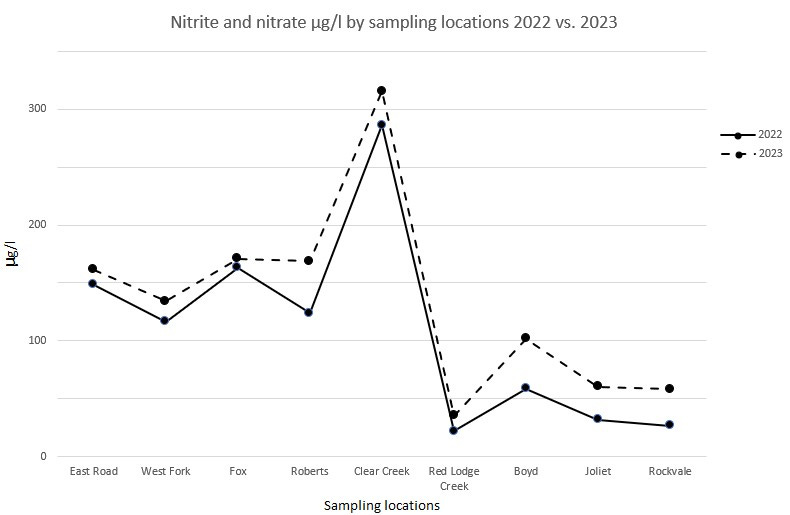
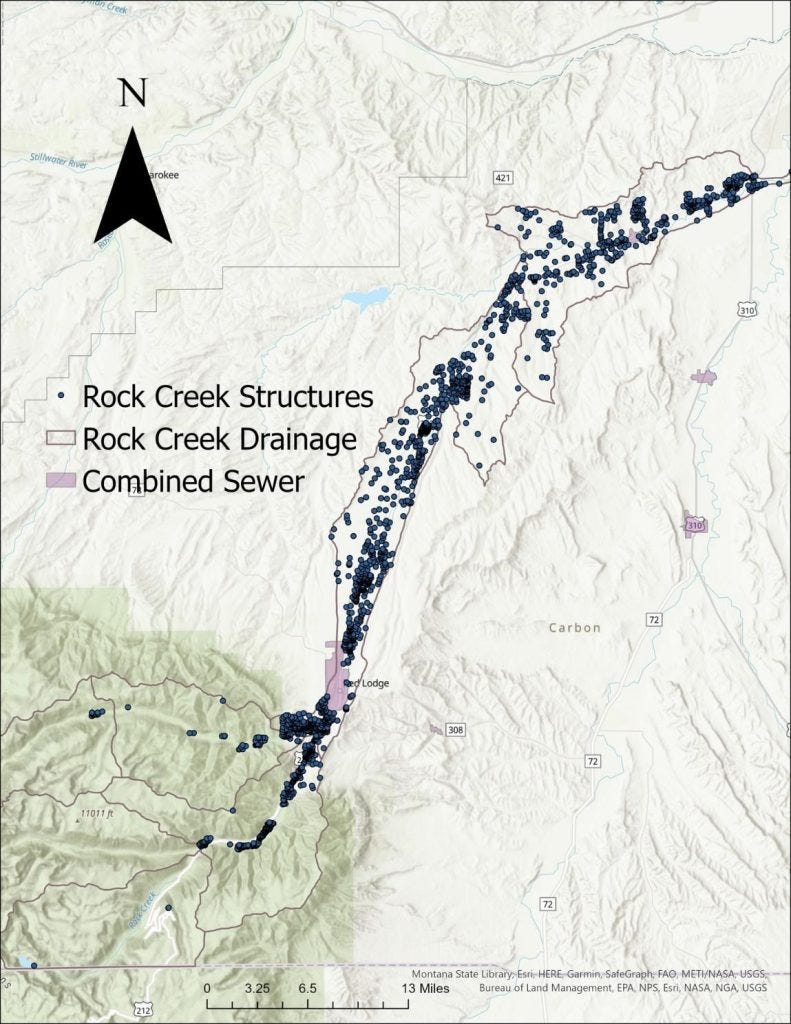
Impact on Wildlife
Exurban expansion impacts stream quality and the loss of riparian vegetation, which is critical for wildlife. Development fragments habitat, disrupts migration corridors, and eliminates bird nesting sites.
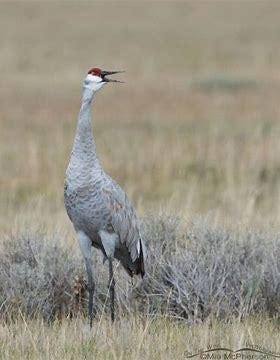
Montana’s Grizzly Bear and Wolverine
The grizzly bear’s historic range includes the Rock Creek riverine system. Grizzlies require a home range of 250 -1500 square kilometers (155-932 square miles). Grizzlies are now active on Rock Creek. The loss of riparian habitat will impact this once-endangered species.
The wolverine appears bear-like and is known for its vicious nature. They prefer boreal and mountain forests. Riparian areas can be important winter habitats. Like the grizzly bear, the wolverine’s home range includes Rock Creek.
Conclusions
Our data has shown nitrate levels are increasing in Rock Creek. This is a portent of potential algae blooms that have devastated the Gallatin River in Montana. Other pollutants are no doubt being introduced as well. Exurban expansion is occurring at an alarming rate along Rock Creek and poses the greatest threat to clean water, wildlife, and a way of life.
The above is a synopsis of the research article Assessment of exurban expansion on water quality in Rock Creek of the Yellowstone River in southcentral Montana, USA that originally appeared in Journal of Freshwater Ecology Volume 39, 2024 - Issue 1. You can read the entire research article HERE.
About the authors:
David Arthun earned his PhD from New Mexico State University, Las Cruces, New Mexico, USA, and completed a postdoctoral fellowship in neurotoxicology at the University of Louisiana, USA. He has conducted research on riparian and desert ecology in Arizona and is currently studying mountain streams in Montana, USA.
George Zaimes earned his PhD from the Department of Natural Resources Ecology and Management at Iowa State University, USA. He later joined the School of Natural Resources at the University of Arizona, USA, where he conducted research on riparian and watershed ecosystems. George is currently based at the Geomorphology, Edaphology and Riparian Areas Laboratory (GERi Lab) in the Department of Forest and Natural Environment Sciences, Democritus University of Thrace, Drama, Greece. His research interests include the management and restoration of riparian areas, water pollution, non-point source pollutants, urbanisation and riparian areas, and the impact of urbanisation on water quality.





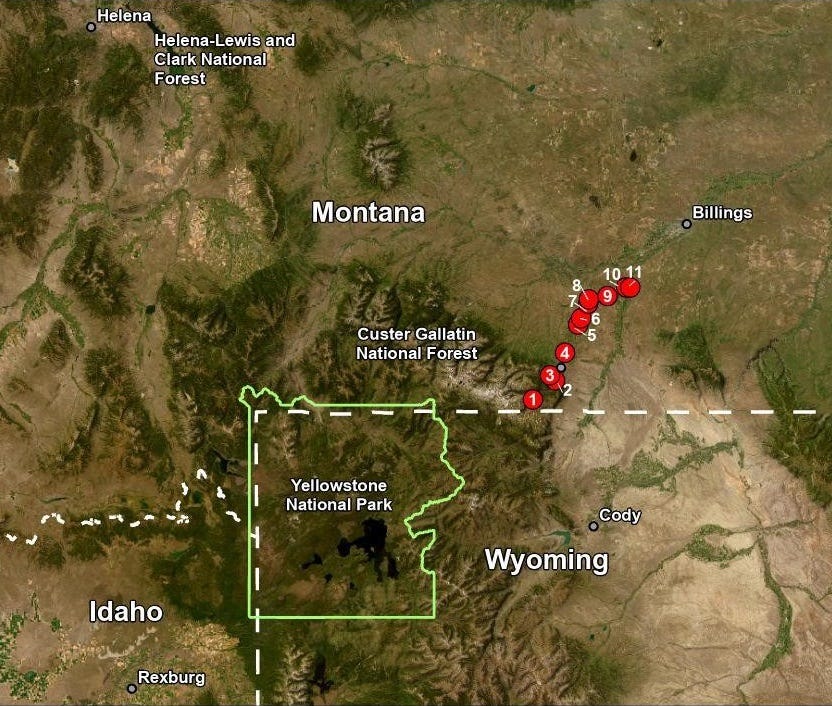
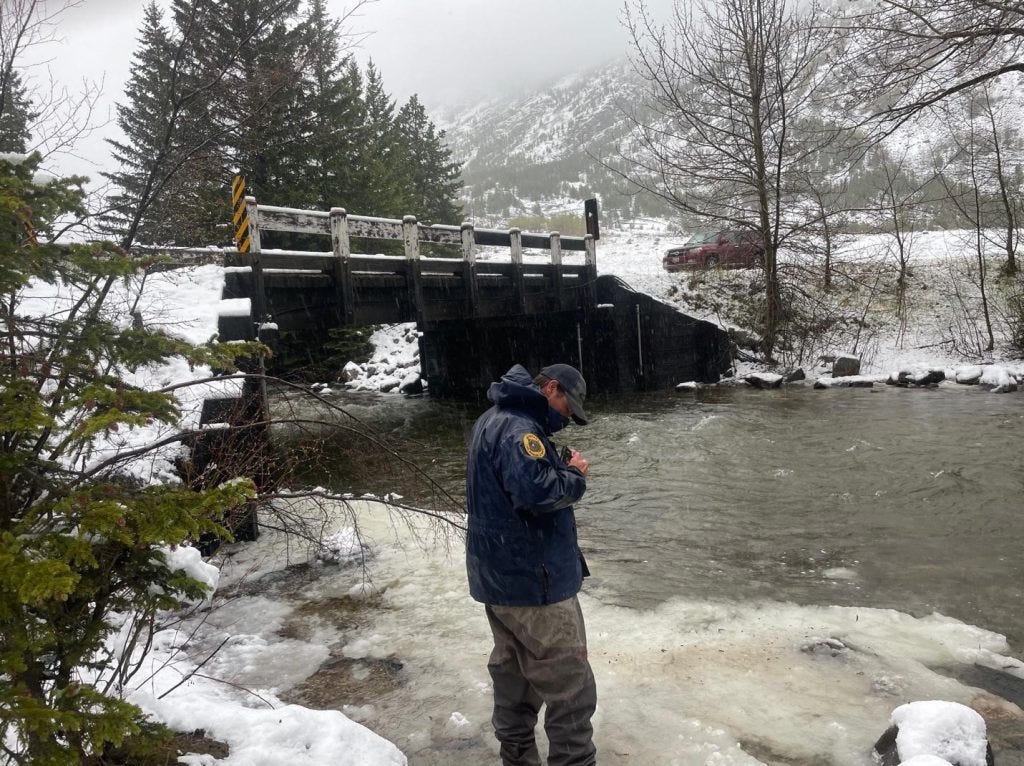

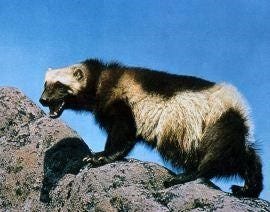


Tip of the iceberg. You can't have uncontrolled development and population growth in an environment never meant to have large numbers of people living in it, and not have problems.